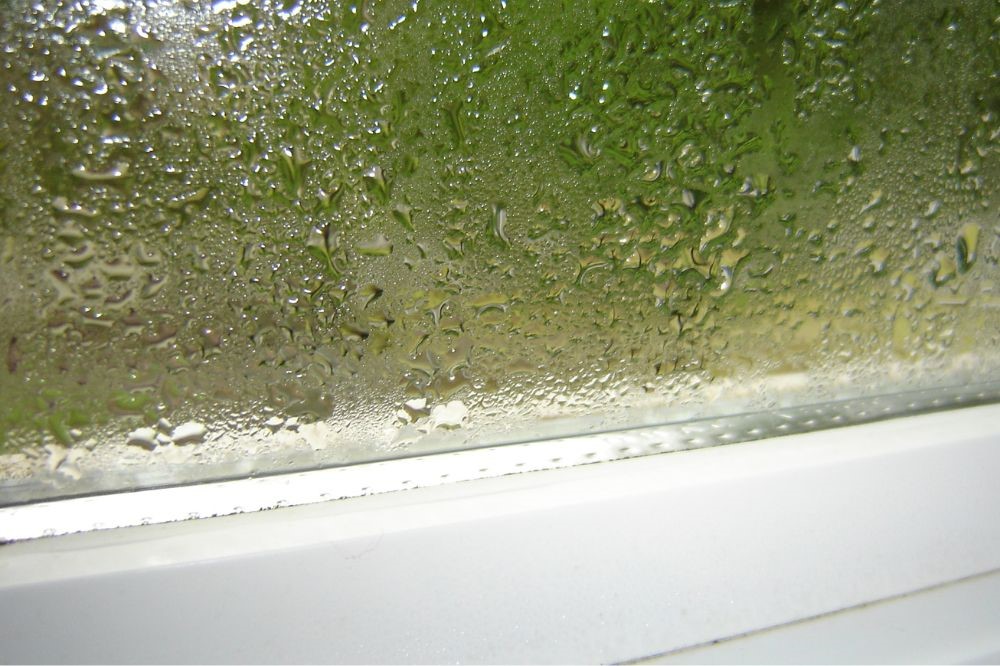During the colder months our Environmental Health team receive lots of enquiries from residents about how to deal with condensation. Read our top tips here.
Condensation occurs when warm air gathers on cold surfaces and over time can encourage mould growth. Here are our top tips to keep on top of it whilst keeping your energy use and heating bills down.
Release less water into the air
Drying washing inside over the winter can be unavoidable, try and give heavy clothes like towels and jeans an extra spin to remove as much moisture as you can. If drying clothes inside, an airer is great in a room with heating and ventilation, and where you can, shut the door. When cooking use saucepan lids for a speedier cook time and to trap steam.
Ventilate
Draught-free ventilation is really important. Keep trickle vents open and if you can do so safely, leave windows open a little for a while when you are at home. Use mechanical extraction in kitchens and bathrooms, ideally for 20 minutes each time.
Heating
Try and keep your home warm, this will stop the walls becoming cold and reduce condensation, but to save energy try to reduce the incidence of condensation in the first place.
Reduce the mould
Dry windows and walls with a cloth. There are a variety of methods for removing black mould: More natural ingredients that can be used include white vinegar, tea tree oil or baking soda (bicarbonate of soda) all of which are effective and can also be used on porous surfaces such as fabrics. Alternatively use diluted bleach or a fungicidal wash to kill and clean the mould, though bleach should not be used on soft materials. Ammonia, which is stronger than vinegar and similar to bleach in terms of strength, is also effective but make sure to never mix the two together — ammonia and bleach react to produce toxic fumes.
Stain block and anti mould paint can be used if redecorating.

